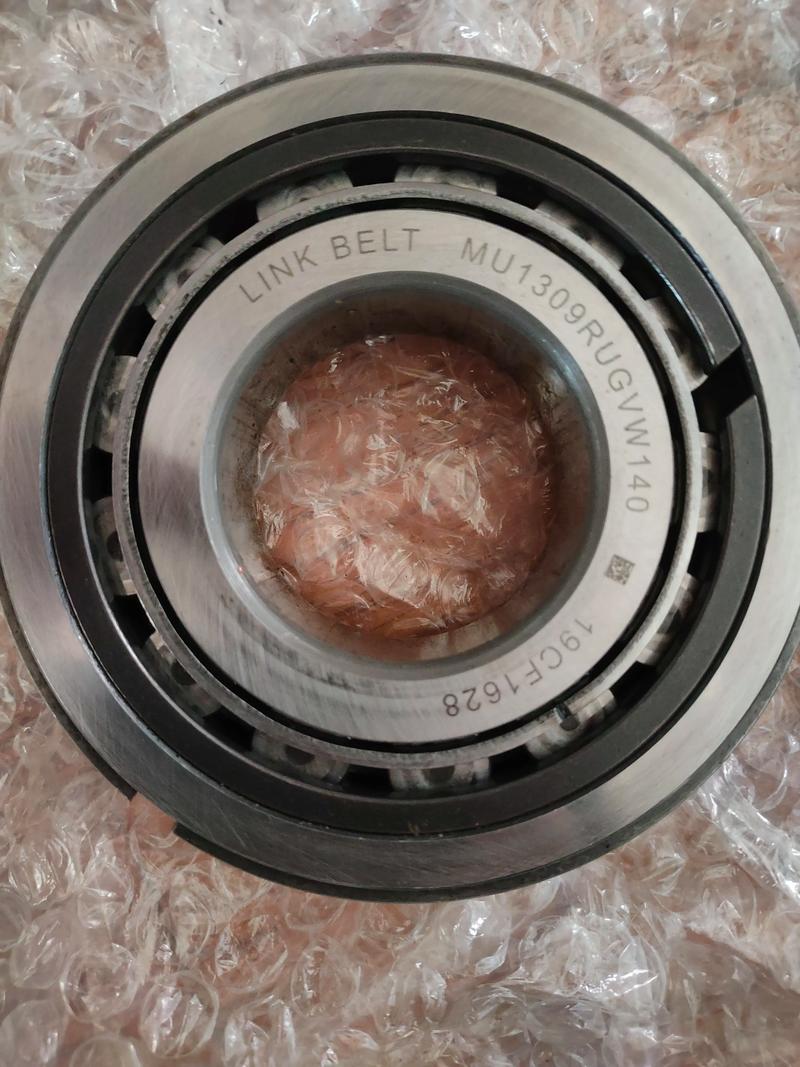Ultimate Guide to SKF Bearings: Types, Maintenance, and Best Practices
SKF bearings are precision-engineered components designed to reduce friction and support rotational or linear motion in industrial machinery. Renowned for their durability and performance, SKF bearings are widely used in automotive, manufacturing, and energy sectors. This article explores key aspects of SKF bearings to help you maximize their efficiency and lifespan.
Table of Contents
1. SKF bearings types2. How to maintain SKF bearings
3. SKF bearing applications in industry
4. SKF bearing failure causes
5. SKF bearing installation guide
1. SKF Bearings Types

SKF offers a diverse range of bearing types to meet specific operational demands. Deep groove ball bearings are ideal for high-speed applications, while spherical roller bearings handle heavy radial and axial loads. Tapered roller bearings excel in automotive transmissions, and cylindrical roller bearings provide superior stiffness for industrial gearboxes. Specialty options include SKF Explorer series for extreme conditions and hybrid bearings with ceramic components for corrosion resistance. Understanding these variations ensures optimal selection based on load capacity, speed, and environmental factors.
2. How to Maintain SKF Bearings
Proper maintenance extends SKF bearing lifespan significantly. Implement regular lubrication using SKF-recommended greases, ensuring correct relubrication intervals. Monitor operating temperatures through infrared thermography, keeping bearings below 70°C (158°F) during continuous operation. Conduct vibration analysis monthly to detect early signs of misalignment or imbalance. Always use proper tools for mounting/dismounting to prevent brinelling. Store bearings in original packaging at controlled humidity levels below 65% to prevent corrosion. Establish a maintenance log to track lubrication schedules and performance metrics.
3. SKF Bearing Applications in Industry
SKF bearings power critical systems across industries. In wind turbines, double-row spherical roller bearings withstand variable axial loads from rotor blades. Food processing plants utilize stainless steel SKF bearings with FDA-approved lubricants. Mining operations rely on sealed spherical roller bearings for conveyor systems in dusty environments. High-precision angular contact bearings enable CNC machining centers to maintain micron-level accuracy. Recent innovations include SKF bearings for electric vehicle powertrains, engineered to handle high RPMs while minimizing electromagnetic interference.
4. SKF Bearing Failure Causes
Premature SKF bearing failure typically stems from five root causes: Contamination accounts for 34% of failures – implement improved sealing solutions like SKF WAVE seals. Improper lubrication causes 36% of issues – use SKF LGEV 2 grease for most industrial applications. Misalignment leads to uneven load distribution – laser alignment tools can reduce this risk by 80%. Electrical erosion affects 12% of motors – install SKF insulated bearings with ceramic coatings. Fatigue failure often indicates exceeded load ratings – consult SKF’s dynamic load capacity charts during selection.
5. SKF Bearing Installation Guide
Correct SKF bearing installation requires methodical preparation. Clean housing surfaces with non-linting cloths and verify dimensional tolerances using SKF TIH030 micrometer set. For interference fits, heat bearings to 80-90°C (176-194°F) using induction heaters, never exceeding 120°C (248°F). Apply mounting paste SKF BMB-15 on shaft journals to prevent scoring. Use hydraulic nut kits for large bearings to achieve precise axial drive-up. Post-installation, check radial clearance with SKF TN-5112 dial indicators. Always follow torque specifications for locking collars – over-tightening causes preload errors reducing bearing life by 40-60%.
Whether you're troubleshooting bearing failures or selecting components for new machinery, this guide covers essential SKF bearing knowledge. From installation best practices to industry-specific solutions, these insights help optimize equipment reliability. Discover how proper lubrication techniques can triple bearing service life, learn to interpret vibration analysis reports, and explore cutting-edge bearing technologies reshaping modern manufacturing. Continue reading to transform your maintenance strategies with SKF engineering expertise.
This comprehensive guide has detailed SKF bearing selection, maintenance, and troubleshooting methodologies. By implementing these proven techniques, engineers can significantly enhance machinery performance while reducing downtime costs. SKF’s innovative bearing solutions continue to set industry standards across global manufacturing sectors.




 13869596835
13869596835